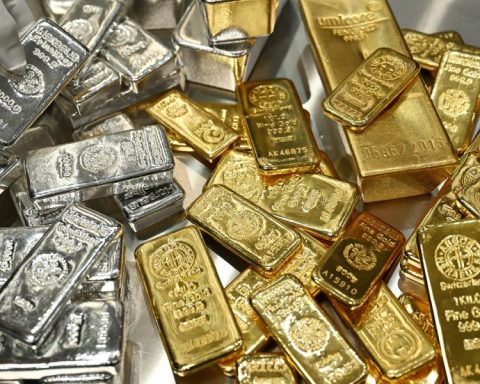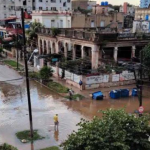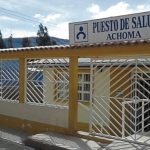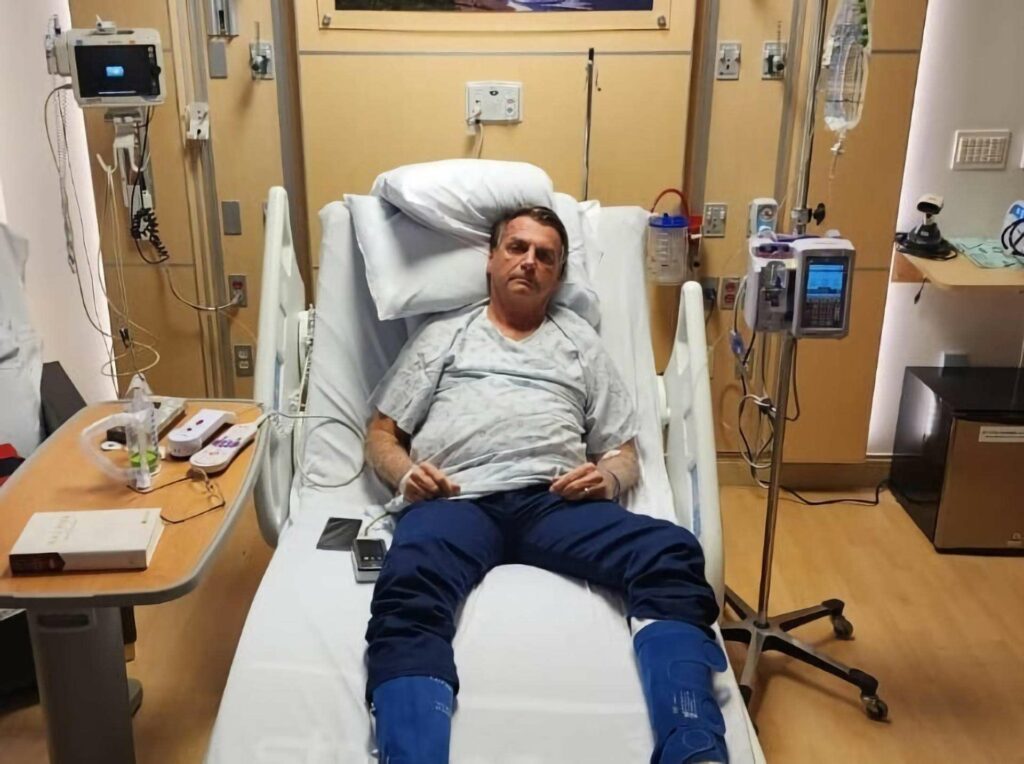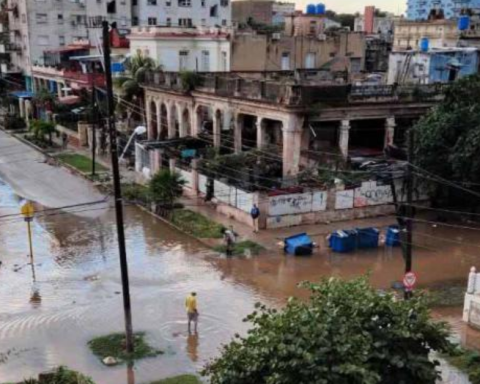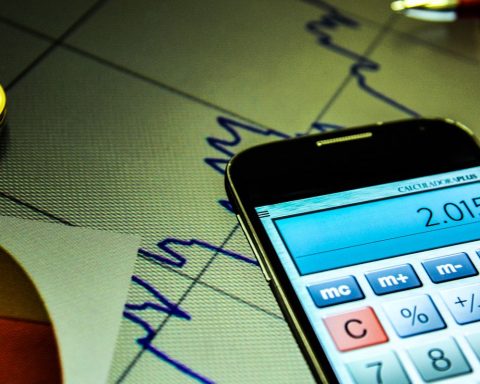AND
n the latest scandal Around a thesis, the slander cartel and the scavengers launched their all against the President and the UNAM, mentioning only in passing the corruption of the lawyers’ union and the Judiciary. It was barely mentioned that former President Peña, also attorney
plagiarized his thesis in a prestigious
private university, belonging to the institutional extreme right of the Church. Beyond the necessary review of that union, those universities and that power, the controversy revived a different but connected issue: has the UNAM turned to the right?
That would mean that at some point the UNAM was on the left, which it never was. Without going back to its Porfirian origins or its militant anti-Cardenismo, let us think that in 1968 the testimonies agree that the Marxists were a tiny minority in the movement. However, there was a growing plurality, especially during the rectorships of Ignacio Chávez, Javier Barrios Sierra and Pablo González Casanova, two of whom were overthrown by baton blows encouraged or orchestrated by presidents Díaz Ordaz and Echeverría. The next rector, Guillermo Soberón (1973-81), learned his lesson and began an era of (partial) submission of the UNAM to government policies.
In addition, during Soberón’s rectory, an alliance was forged between institutionalized and privileged doctors, scientists with doctorates in the United States, and lawyers directly linked to the PRI and many of them to Opus Dei. That alliance governed the UNAM, particularly with rectors Carpizo, Sarukhán and Barnés (1985-99), and without having left completely, it returned with renewed vigor with José Narro (2007-15).
Today those groups are renewed, general relay included. Elite doctors, lawyers directly linked to the PRI and/or Opus Dei, scientists with extremely high salaries and juicy benefits that controlled Conacyt and countless trusts, now receive the reinforcement of a growing number of postgraduate ITAM graduates in the United States who have never set foot in a public school (in fact, one of their rectory candidates has those characteristics), of which think tank of Claudio X. González, of the salinism that is expressed in a magazine cultural
and a communication company, and of those who ended up turning the electoral referee into a national mockery and who now, violating the UNAM statutes, intend to return to it.
During the neoliberal period, the UNAM mafias were increasingly closer to the real powers, with their backs turned to the nation and its students. Among the students, the percentage of those who come from the popular classes was significantly reduced to become a preserve of privilege (resulting from the entrance exams). And the ivory towers of full-time professors and especially researchers (with very high salaries and great additional benefits) are also increasingly closed and elitist. Four institutions, four legal-political mechanisms are key in this process:
a) The Governing Board, whose 15 notables elect without counterweights –except for internal conflicts from the mafias they represent and external pressure from factual powers– the rector and the directors of faculties, schools and institutes.
b) The College of Directors, which has become a monolithic body. Example: in the 1986 strike there were directors on the side of the students or who mediated between the Rectory and the University Student Council. In 1999, the only directors who did not uncritically and unconditionally support the rector were those of Law, Medicine and Veterinary Medicine, who from the beginning of the strike had demanded repression and led attempts to evict the strikers.
c) The University Council, where there is an overrepresentation of institute directors and researchers and in which students are underrepresented. Small institutes have the votes that, along with those of the directors, easily control key decisions. The underrepresentation of students is clearer and more dramatic for the baccalaureate and the five faculties called peripheral
that concentrate students with fewer resources (Acatlán, Aragón, Cuautitlán, Iztacala and Zaragoza).
d) The ruling commissions, controlled by authorities and dominant academic groups. The definitive hiring of academic staff depends on them (with no other counterweight than the very exceptional review by the University Council), guaranteeing the reproduction of mafias. At UNAM, opposition contests have become a mockery.
Right-wing and elitization have generated a golden caste. Two cases have been aired recently: that of José Woldenberg, from the Faculty of Political and Social Sciences, who earns (only at UNAM) 80,000 pesos a month for (according to the report) teaching four hours a week, writing an article on opinion per month and coordinate a book every few years (https://rb.gy/uvaxd2); and that of Guillermo Sheridan, from the Philological Research Institute, who earns an even higher salary without teaching (https://rb.gy/k2viop). It is true that he responded… without explaining to us why he does not teach (both violate articles 2 and 61 of the UNAM Academic Staff Statute, will there be a sanction?)
Does the UNAM have no remedy? Yes, it has: its blood, its forces are also inexhaustible, and the answer is in the heart of the same university.



